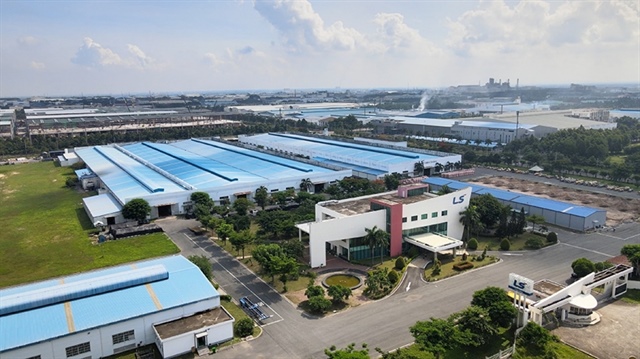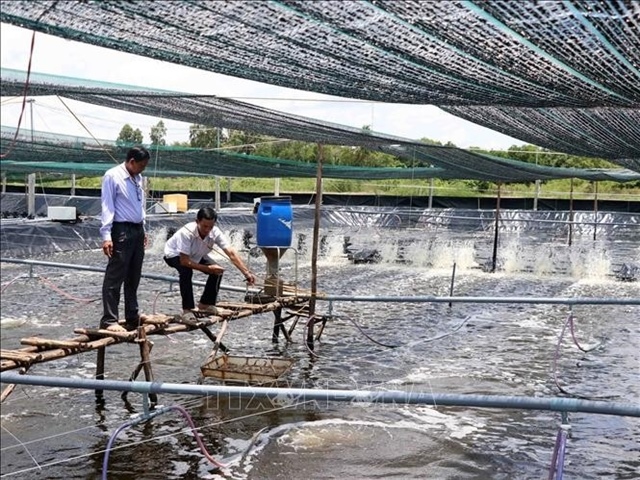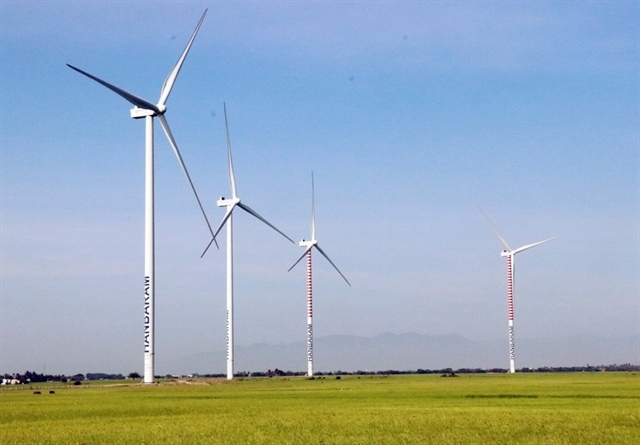Supporting industry to get sustained Gov’t help
Supporting industry to get sustained Gov’t help
Decision No 68/QD-TTg signed by the Prime Minister envisages sustained assistance to the industry over the next 10 years (2016-2025).

Accordingly, the Government will assist the industry in research and development, technology transfer and renewal, and human resources development. It will also promote foreign direct investment in the industry.
The plan is to have the local supporting industry meet 45 per cent of the domestic production demand by 2020, and 65 per cent by 2025.
In the 2020-25 period, Viet Nam will focus on developing the industry in three key areas: spare parts; garment, textiles and footwear; and hi-tech equipment.
The aim is to reduce the domestic production costs as manufacturers increase localisation.
The decision also says favourable conditions will be created for supporting industry businesses to access loans towards expanding research and production.
Modest growth
The Ministry of Industry and Trade has said that the supporting industry in Viet Nam has seen modest growth over the past several years.
For example, the automobile industry had targeted increasing the localisation rate for 9-seat vehicles to 60 per cent, but the current rate is just 7-10 per cent.
The localisation rate in the garment and textile industry is estimated at 51 per cent, while that of footwear at 20-25 per cent.
Truong Thanh Hoai, director of the Ministry’s Heavy Industry Department, said Viet Nam has 1,383 businesses in the supporting industry, mostly using simple technologies and offering low value-added products.
While some companies have paid attention to advanced technology and developing new products, this has not been the norm.
A survey conducted by the State Agency for Technology Innovation under the Ministry of Science and Technology showed that only 51 out of 200 spare parts supply firms were keen on renewing their technology, and that this interest is mostly in purchasing new equipment and training staff.
The ministry said this situation was caused by policies that have not paid attention to production realities, especially those relating to tax cuts on imported spare parts and initial support for businesses joining the global supply chain.
Sakurada, a Japanese expert heading a R&D project on developing Viet Nam’s spare parts industry, told the Ha Noi Moi (New Ha Noi) Newspaper that Viet Nam can try a Japanese model.
Under this model, small companies can access a lot of public support mechanisms including local Kohsetushi technology centres that provide research, testing, training and guidance for firms for nominal fees. The centres help small firms improve their manufacturing operations, technology and products.
In Japan, the industry is divided into raw material suppliers, machine suppliers, spare parts suppliers, assembly suppliers and packaging material suppliers.
Each locality would choose a suitable key sector, based on their strengths, to develop the parts supply industry and establish support centres, he said.
"The centres support businesses in monitoring the quality of products and connecting with institutes, universities and research centres, as well as large importers of spare parts," Sakurada said.
Supporting industries are defined as a group of industries to supply “manufactured” inputs, which are mostly intermediate goods. In the framework of business, supporting industries manufacture production parts as well as tooling to produce those production parts.


















